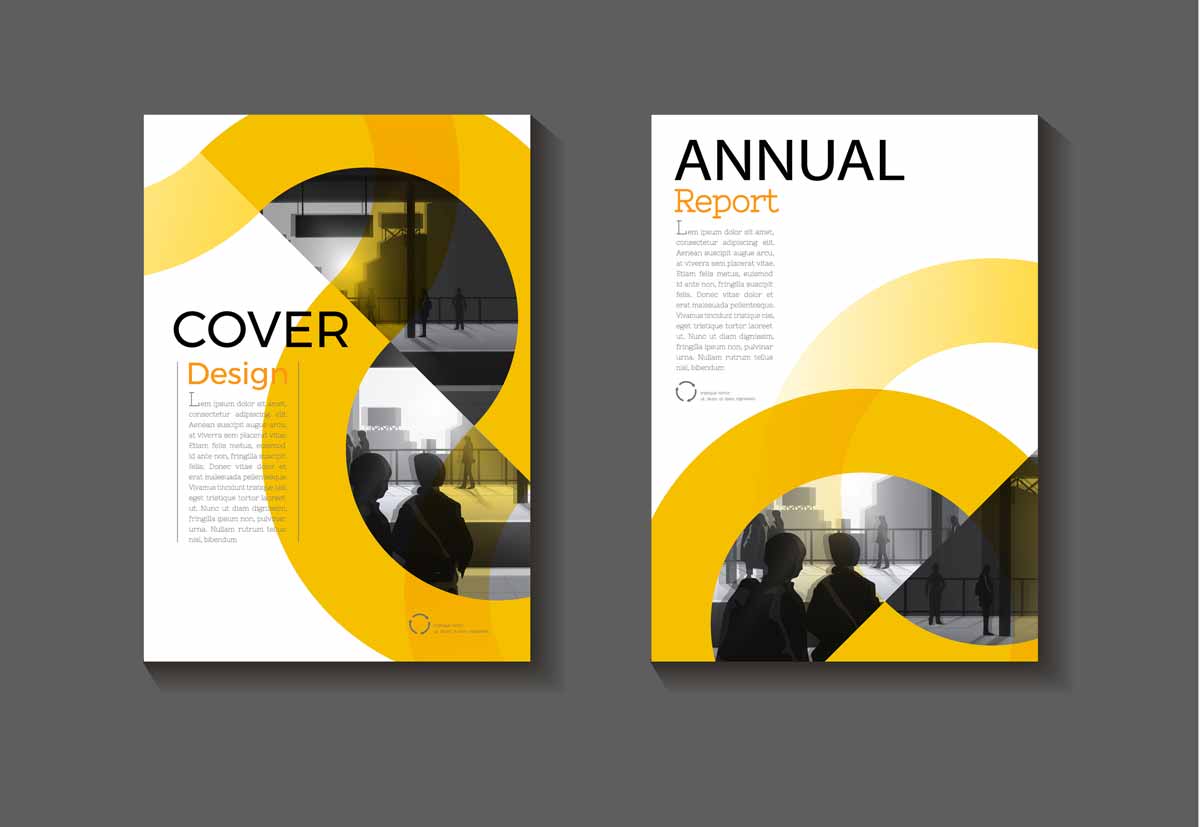
9 Marketing Strategies to Increase Student Enrollment
October 14, 2022
How Much Do Catalogs Cost?
November 14, 2022The creation of a printed brochure is more than just crafting a compelling message and design. The finish of your brochure is a vital component when it comes to achieving a professional, craftsmanship look to the finished product. Print finishing enhances the look of your brochure, along with the feel of the printed piece, thanks to specific finishing types that provide a raised or textured feel to the paper.
The brochure finishing option you select depends on your project budget and the final appearance you are aiming for with your brochure. Take a look below as we share some of the top brochure finishing options currently available to you.
Print Laminating
Print laminating is a finish option that is achieved by a thin layer of plastic film, or laminate, being applied to the entire surface of the paper to attain the desired look and feel. This is a common, and popular, type of finish since it enhances the printed piece and also protects the paper from any stains, smudges and moisture. Some of the most popular lamination choices include soft touch, silk, gloss, and matte.
Spot UV Varnishing
A UV varnish finish is defined as the application of liquid coating to the surface of a sheet that is then cured or dried beneath an ultraviolet light. Spot UV varnish can be applied to a specific area of the printed material to give it a look that is extra shiny in that section. Common examples of where spot UV varnishing is applied is in a logo, photos, or typography, and it is available in matt, gloss, or silk finishes.
Foil Stamping
A foil stamping or blocking finish is the process of transferring pigmented or metallic foil onto a solid surface through the application of pressure using engraved, heated die. Foils are available in multiple color options and this finish option is often used to achieve a luxury feel to a logo on a printed piece
Die-Cutting
Die-cutting is a finishing process that involves the cutting of a shape or part into the targeted piece of paper using a die that is made from metal. This finishing option provides an enhanced level of creativity that other finish types are not able to give printed materials. A common example of die-cutting in brochures is the recreation of a logo using die-cutting.
Embossing and Debossing
This finish option changes the dimensional appearance of a flat sheet of paper through the application of pressure on both sides of the sheet. Two metal dies are used to create a desired shape and one of them has a raised shape while the other has a shape that is both matching and recessed.
To give you a better idea about the difference between these two methods, embossing is where the shape is pressed out to create a raised surface while debossing is when the shape is pressed downwards in order to create a bit of an indention.
Binding
The choice to bind your brochure has a number of different options:
● Saddle stitching (with wire staples) is a good choice for smaller brochures
● Perfect bound is an ideal option for thicker brochures (40-700 pages) and the process involves binding the pages together using adhesive glue that runs along the spine
● Wire bound is a metal wire loop that is used to bind the brochure down one side of the printed materials
When you are ready to apply finishing options to your brochure, Fotorecord can help.
Contact Us Now for More Information
Phone: 724-837-0530


